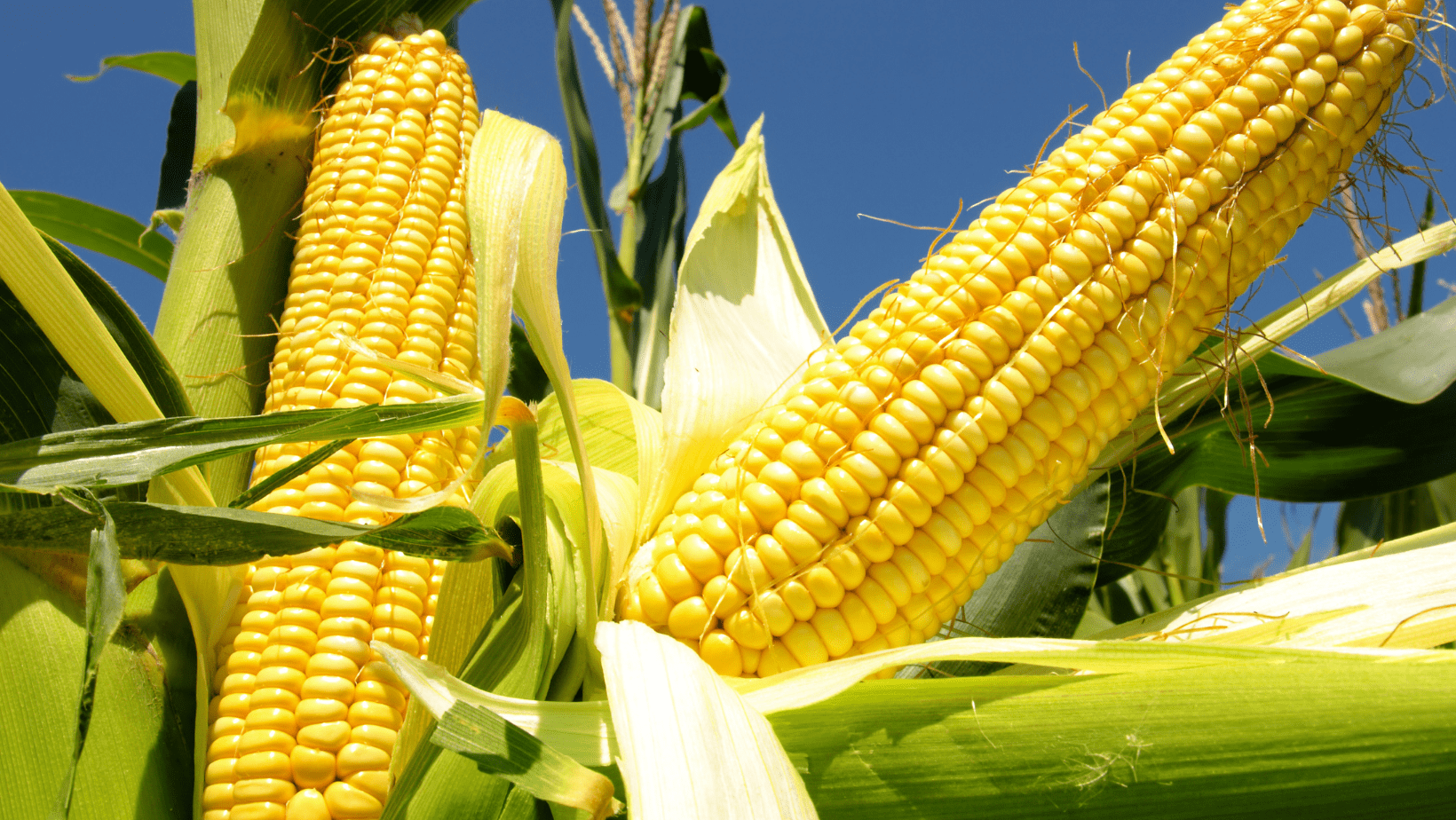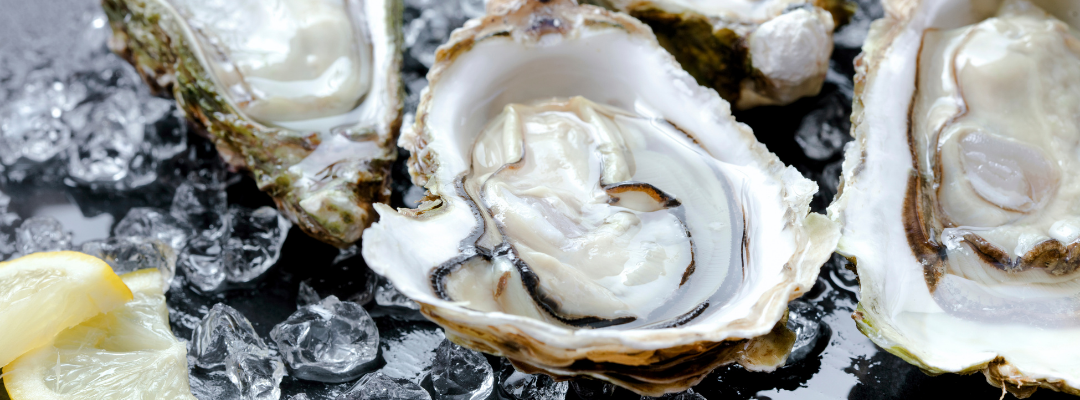Corn prices are outside producers’ control, marketing is not. Corn prices are influenced by domestic and global supply and demand, government policies, and money flows between asset categories. While it is important for corn producers to understand and monitor factors influencing global and national prices, it is equally important to understand local market conditions and sale opportunities that can substantially increase average cash sales price.
In general, corn prices in the Southeast are higher than the national average (Table 1 and Figures 1 and 2). Of the four states analyzed North Carolina and Texas had the highest five-year average cash price, however all four states had five-year average monthly prices greater than the national average. 2021 presented a slightly different picture with Kentucky having lower prices in six months than the national average. Additionally, both Tennessee (September) and North Carolina (August) had months with state average prices below the national average.
While Southeast corn prices are generally higher, it is important that producers understand seasonal trends, returns to storage, and historical basis to consistently obtain a higher cash price. This is primarily due to strong demand from poultry, livestock, ethanol, distilleries, and proximity to export markets through Mississippi River terminals or ocean ports. However, tremendous variation exists between states and within states based on prevailing local supply and demand. As such, understanding local market conditions is essential. Three basic considerations that should be factored into every corn producer’s marketing plan are:
- Typical harvest period– Harvest interval will vary by location and will influence when early harvest premiums may become available. Harvest timing can vary from year-to-year due to planting and weather, so it is important to account for both “typical” harvest timing and current growing season influences.
- Storage – For many Southeast producers, storage is one of the most effective marketing tools. Storage can help mitigate production risk and extend the marketing interval. Storing the crop allows producers to know what they have to sell before committing to a final cash price. It is important to note that this does not eliminate the need for in-season price risk management tools (ie. options and crop insurance). Not having to sell the crop at harvest typically avoids seasonal price lows in futures markets and basis.
- On-demand sales opportunities – Due to high demand for corn in many locations, producers who have storage can also have the ability to meet on demand requests, for a price premium, for large corn end users. To access these markets, producers need to be on the end user’s contact list to obtain emergency or short turnaround corn supplies and be able to deliver corn quickly (trucking requirement).
Producers should utilize their knowledge of local supply and demand factors to extract the highest cash price possible. Developing a marketing plan and risk management strategy that factors in national price trends and local market conditions will aid in achieving higher prices in local markets.
Table 1. Average Monthly Corn Prices

Figure 1. Five-Year Monthly Average Corn Prices for Select Southeast States Minus the National Average

Figure 2. 2021 Monthly Average Corn Prices for Select Southeast States Minus the National Average

Smith, Aaron. “Variation in Corn Prices in the Southeast.” Southern Ag Today 2(6.1). January 31, 2022. Permalink







